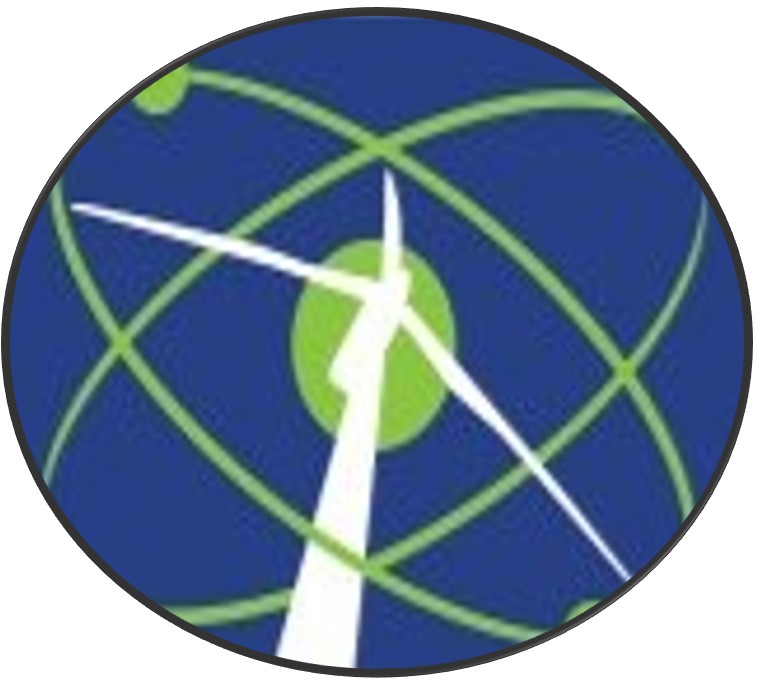Dutch engineering company H2SEA, in cooperation with the Delft University of Technology (TU Delft), has performed an assessment of monopile-based support structures for hydrogen-producing offshore wind turbines.
To obtain platform mass, dimensions, and rotational inertia, H2SEA and TU Delft selected and listed all required systems, and made an optimised platform layout and mass estimation. For the design of the platform support beams, gravitational loads and extreme wind gust loads were taken into account. The selection of the support structure concept was performed using a multi-criteria analysis, H2SEA says.
Furthermore, an analytical fully dynamical model was constructed in Maple for fatigue assessment. The structure was simulated by the equations of motions, including airy wave force, rotor damping, topside and platform mass and rotational inertia, embedded length and homogeneous soil stiffness. The Maple model was used to simulate the dynamic behaviour of both structures, determine the first and second natural frequency, and present displacements and overturning moments in these two mode shapes.
Finally, a fatigue damage calculation including 500 combinations of wave height and period was performed, for a 25-year lifetime.










